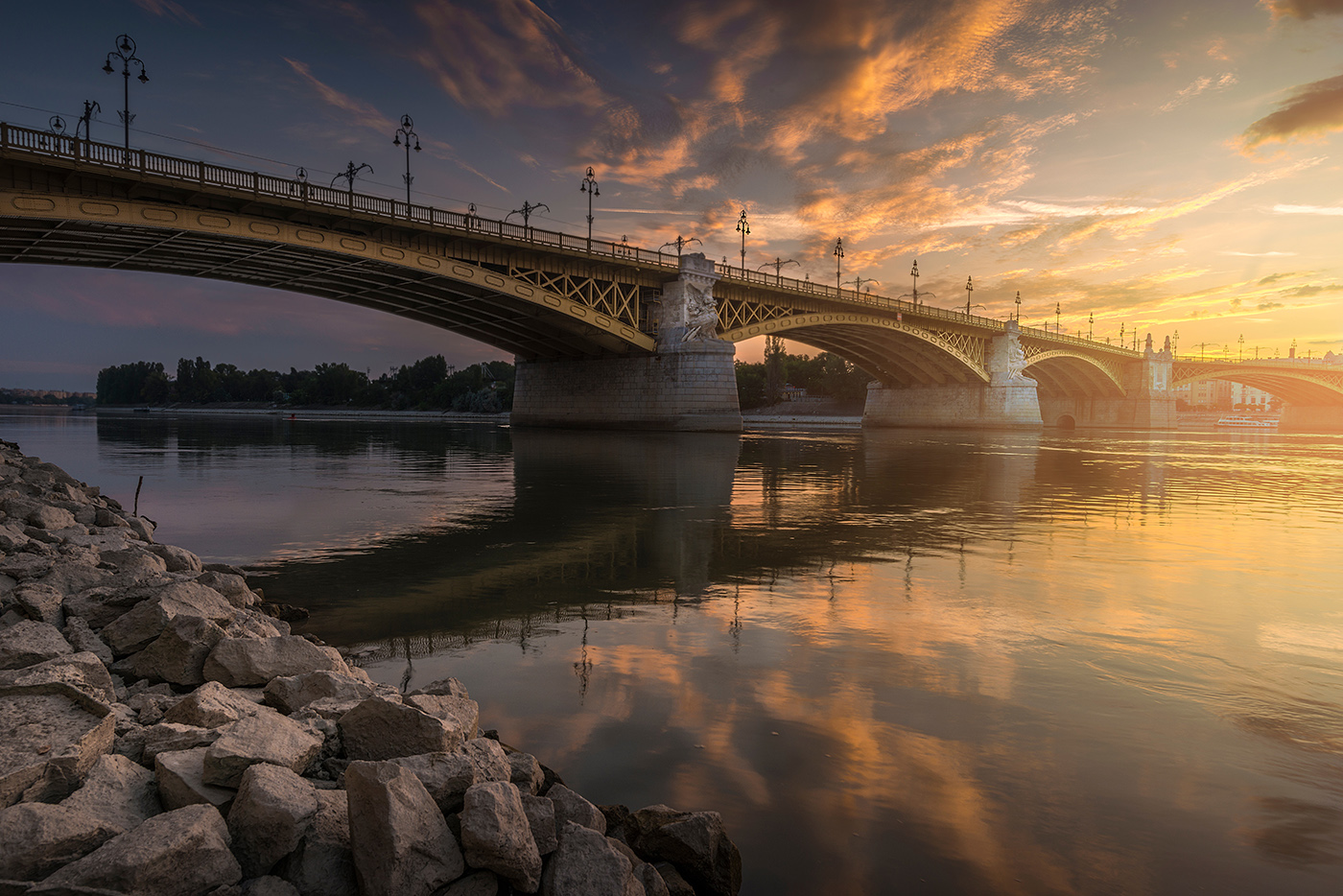The advertising market in Hungary is going through difficult times. Over four years, its value has decreased by 30%. The outdoor advertising industry was severely affected by the July 2011 ban on placing billboards directly along roads. This also gave momentum to further consolidation.
Landing at Ferenc Liszt Airport in Budapest (8.5 million passengers served in 2012), we first encounter advertising media from Clear Channel, which obtained a nine-year advertising operator concession in 2008
in terminals and along airport access roads.
Inside the terminals, digital citylights are among the installations.

Leaving the airport, we pass aesthetic backlight displays and advertising gateways placed above the roads.


On the way to the city, we pass many sandwich-style backlight structures
and overhead advertising displays uncommon in our country. All these structures were built before 2011, when the Hungarian parliament introduced a ban on placing billboards larger than 4 square meters along roads.
The exception is for areas outside built-up zones, where
large billboards can be placed but must be set back 50 meters from the road.


In December 2012, the Hungarian outdoor advertising market underwent significant consolidation. JCDecaux became the owner of 100% shares in Epamedia's Hungarian division. The Austrian Gewista, a subsidiary
of JCDecaux, acquired the Epamedia shares from Slovak company JOJ Media House. Epamedia operates a 25-year contract
for advertising on bus stops in Budapest, which began in 2006. In the same year, a 25-year contract for free-standing citylights
and scrolls also started, signed by WALL AG, which now also belongs to JCDecaux. This way, JCDecaux secured a leading role in outdoor advertising in the Hungarian capital for many years.
On Budapest's streets, large-format advertising is visible
on scaffolding. Interestingly, the scaffolding is often set at an angle to the direction of street traffic. It takes up more sidewalk space, but the advertisements are much more visible. These advertisements probably have little connection with building renovations - there's no visible construction work being carried out beneath them.
JCDecaux, through its shares in Europlakat, also controls the neon sign market in Budapest.


Interesting forms of outdoor advertising on the streets of the Hungarian capital include advertising columns, advertisements on newspaper kiosks, and advertising benches in parks.


















